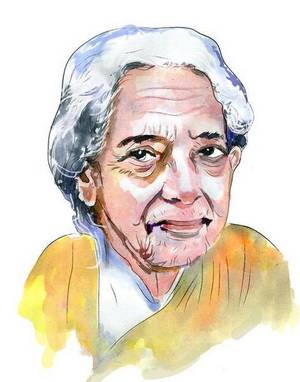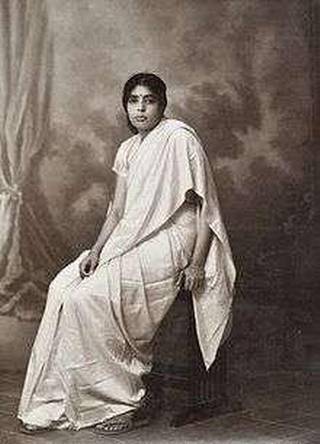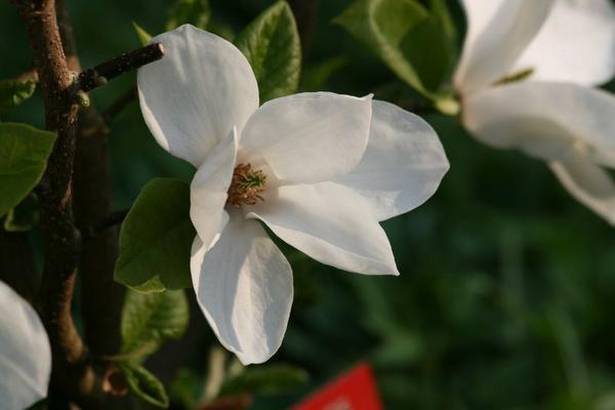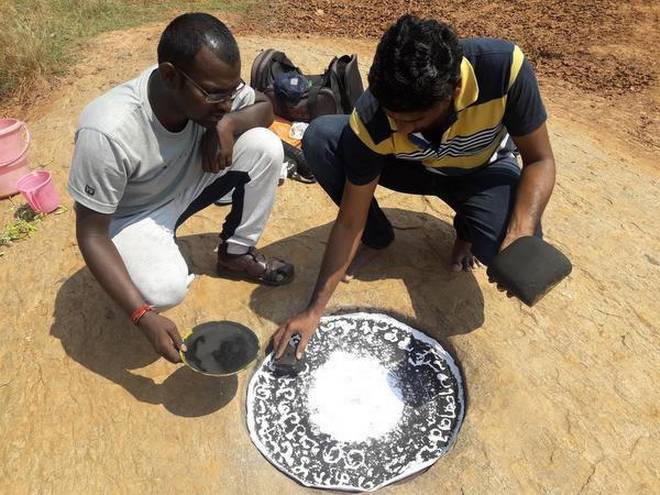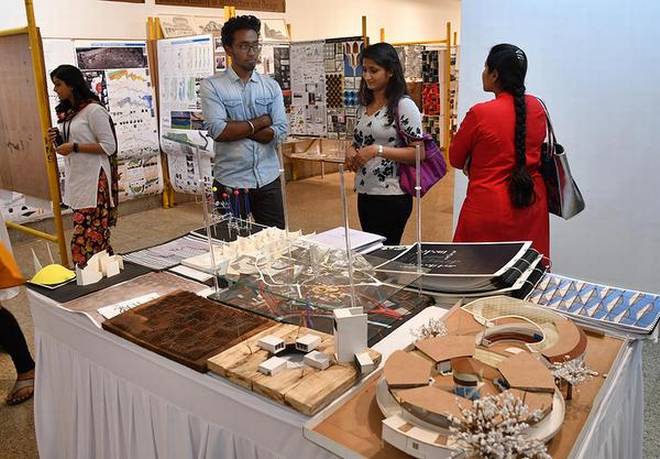
Open source record of plants with “druggable” chemicals will help validate traditional systems
The use of Indian medicinal plants for drug discovery and therapeutics just received a boost. A database of such plants has been built by a Chennai-based team led by Areejit Samal of the Institute of Mathematical Sciences.
By documenting 1,742 Indian medicinal plants and 9,596 chemicals that plants use to thrive and ward off threats (phytochemicals), this database has the distinction of being the largest so far. This is a first step towards validating and developing traditional systems of medicine that use plant extracts.
For the repository, the scientists sourced information from several texts including those that documented tribal medicine. With supporting studies in the form of well-planned lab tests, this work has the potential to improve health care and enhance drug discovery.
Plants secrete various special chemicals to ward off predators, fight pathogens and survive in difficult situations. Some of these so-called phytochemicals have been used to prepare traditional medicines and also poisons. While there are extensive databases of phytochemicals of Chinese herbs, there has no similar work in India.
The new database, named IMPPAT (Indian Medicinal Plants, Phytochemistry And Therapeutics) brings together not just the Indian medicinal plants and their associated phytochemicals, but also the latter’s 2D and 3D chemical structures, the therapeutic use of the plants and the medicinal formulations.
Among the many challenges in building IMPPAT was in removing redundancy and standardising names and spellings that varied across the several books and documents they have referred to.
From previous work we know that natural products are made of highly complex molecules, which therefore are more likely to bind to very specific proteins unlike commercial (or synthesised) drug molecules.
“We show that phytochemicals in IMPPAT also have high stereochemical and shape complexity similar to natural product library of Clemons et al, and thus, IMPPAT phytochemicals are also expected to be specific protein binders,” says Areejit Samal. Drug molecules which are specific protein binders are likely to have fewer side-effects as they will bind specifically to their target protein.
Quest for druggability
The team analysed the features of the phytochemical structures using established “druggability” criteria.
This identified 960 potentially druggable phytochemicals of which only a small percentage showed similarities to existing FDA-approved drugs. “This offers immense potential for drug discovery,” says Dr Samal. Of the 960 phytochemicals, 14 have the highest druggability score, and one of these is Skullcapflavone I – This is produced by two plants, one of which is Andrographis paniculata, commonly known as Nilavembu or Siriyanangai. Another interesting topper is Kumatakenin, which is made by three plants including Artemisia capillaris. This plant is a close relative of Artemisia annuafrom which Nobel laureate Youyou Tu extracted the drug artemisinin which has saved the lives of many malaria patients.
“We hope to expand the links between phytochemicals of Indian medicinal plants and their target proteins, enabling application of systems biology… Our resource will help future efforts render Indian medicine evidence-based rather than experience-based,” says Dr Samal.
source: http://www.thehindu.com / The Hindu / Home> Sci-Tech> Environment / by Shubashree Desikan / Chennai – March 17th, 2018
